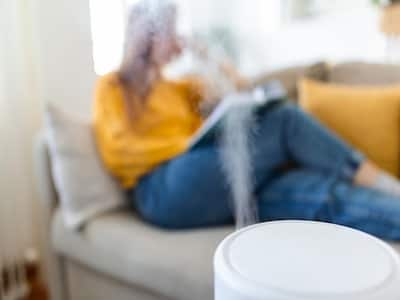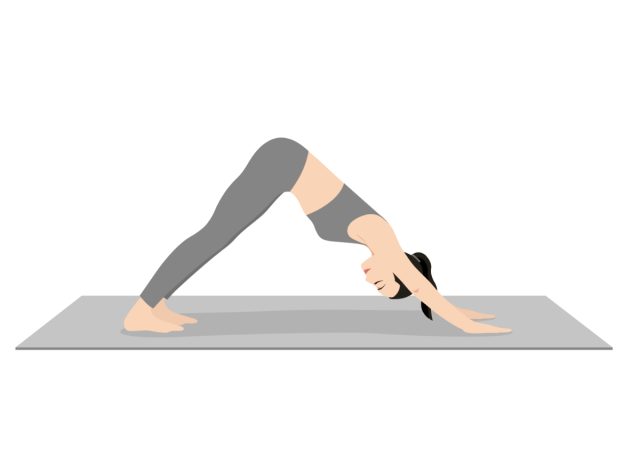
Get to know the health effects of indoor air pollution and ways to improve indoor air quality
Indoor air pollution has traditionally received less attention than outdoors pollution. But the fact is that despite indoors pollutant levels are typically twice higher, and people spend 80 90% of their life in increasing air-tight buildings. The ambient air pollution and household air pollution together are responsible for 6.7 million premature deaths annually, as per WHO (World Health Organisation). Millions of people die every year prematurely from illnesses attributable to poor indoor air quality, which also causes multi-millionaire losses due to reduced employee’s productivity, material damages and increased health system expenses.
Household air pollution exposure is linked to increased risk of noncommunicable diseases such as stroke, ischaemic heart disease, chronic obstructive pulmonary disease (COPD) and lung cancer. Indoor air pollutants include particulate matter, biological pollutants and different chemical, organic and inorganic compounds, whose concentrations are governed by several outdoor and indoor factors.
The need to embrace low carbon emission products
Prevention of pollutants is not always technically feasible, so the implementation of energy efficient and cost-effective active ventilation units are required.
Prioritizing health and fitness involve making conscious decisions about the products we use and the environments we create. Embracing low carbon emission products for indoor air quality is a key aspect of this effort. Indoor air quality (IAQ) significantly impacts our health, especially considering that most of us spend a significant amount of time indoors. Poor IAQ can lead to various health issues, including respiratory problems, allergies, and even long-term health concerns.
Primary sources of Indoor air pollution
Primary sources of Indoor air pollution are: Fuel burning combustion appliances, building material and furnishings like deteriorated asbestos- containing insulation, floorings, carpets, upholstery, certain pressed wood furniture, Products for household cleaning, personal care, central heating and cooling systems and humidification appliances, excessive moisture, and tobacco smoking.
Ways to improve indoor air quality
There are many ways to eliminate or reduce the emission of these sources of indoor air pollution. Some sources, like those that contain asbestos, can be sealed or enclosed. Others, like gas stoves, can be adjusted to decrease the amount of emissions. In many cases, source control is an efficient approach to protecting indoor air quality.
Improved Ventilation is also a very effective approach to lowering the concentrations of indoor air pollutants in closed spaces. Using energy-efficient appliances reduces overall energy consumption, which indirectly helps lower carbon emissions from power generation. Mechanical ventilation systems in buildings are designed and operated not only to heat and cool the air, but also to draw in and circulate outdoor air.
READ RELATED: Diabetes Management: 5 Tips To Keep Your Blood Sugar Levels Stable Overnight
Air Purifiers with High-efficiency particulate air (HEPA) filters can help remove particles and allergens from the air. The effectiveness of an air purifier depends on how well it collects pollutants from indoor air (expressed as a percentage efficiency rate) and how much air it draws through the cleaning or filtering element (expressed in cubic feet per minute). Regular maintenance of your heating, ventilation, and air conditioning (HVAC) system can help prevent the buildup of pollutants and ensure cleaner air. Air purifiers are not ventilation units, as they do not introduce fresh air, they only clean the existing indoor air.
Choose energy-efficient air purifiers that have low carbon footprints, and maintain it properly for long-term performance. A diligent combined use of these strategies can have a positive effect on good indoor air quality.
The article is contributed by Rajesh Sachdev, CEO, Blutherm.
Total Wellness is now just a click away.
Follow us on
Don’t Miss Out on the Latest Updates.
Subscribe to Our Newsletter Today!
window.addEventListener(‘load’, (event) => {
$(‘#commentbtn’).on(“click”,function(){
(function(d, s, id) { var js, fjs = d.getElementsByTagName(s)[0]; if (d.getElementById(id)) return; js = d.createElement(s); js.id = id; js.src = “//connect.facebook.net/en_US/sdk.js#xfbml=1&version=v2.3”; fjs.parentNode.insertBefore(js, fjs);}(document, ‘script’, ‘facebook-jssdk’));
$(“.cmntbox”).toggle();
});
});









